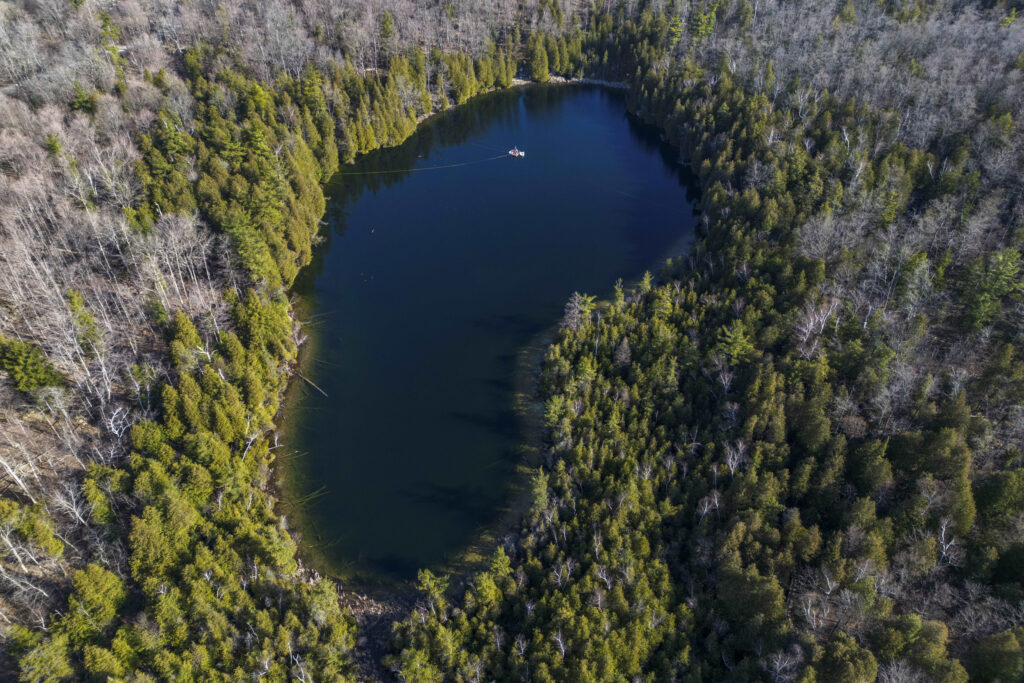On the Scientific American blog, Kate Marvel invokes the California drought that ended to argue that the drought won’t end and it’s our fault starting earlier than you think. “There are few issues in science that interest me less than the question of when the Anthropocene began…. But our fingerprints stretch further back into the past than we might have realized.” We have, it seems, been altering the chaotically semi-regular pattern of “El Niño and La Niña” since “the beginning of the twentieth century” when “a faint fixed pattern becomes discernible among the randomness… Some regions—California, the Mediterranean, Australia—dry out. It is a small, almost imperceptible-to-humans drying, but it is a pattern that no natural cycle can reproduce.” Unlike the computer on her desk.
Her little venture into time travel is problematic, because the whole man-is-boiling-the-planet theory depends on unprecedented changes happening after 1970. And if we’ve really been messing things up since 1900 then clearly the sensitivity of the climate to atmospheric CO2 is so high that (a) the models are all wrong and (b) nature is so fragile there’s no saving it anyway. But hey, a computer said it so it must be true, right?
Well, maybe not. For as we keep saying, it is the very essence of science to test hypotheses against evidence, to ask them to make predictions and then to check how well those predictions fare. So in response to this claim we ask: OK, then, are you saying these places will keep getting dryer? And if they don’t, do you concede that your desktop computer model and maybe the big ones aren’t accurate?
Or is it just heads I win, tails you lose, as a drought that ended proves drought won’t end? And we ask that question because over at the New York Times David Leonhardt just said in the US Midwest “The main cause of the floods is extreme rain. The 12-month period ending in May was the wettest 12 months over the 124 years for which the federal government has data. And the reason that we’re suffering from more extreme rain appears to be climate change.”
Appears to be? Appears to be how? Again, are you willing to predict that if temperature keeps rising the planet will get wetter (and not, as Ms. Marvel maintains, dryer)? Are you willing to wager that we are in fact suffering from more extreme rain, and if it turns out that we’re not, to say then we aren’t suffering from man-made climate change since if we were there would be more extreme rain? Or do you just ambulance-chase, waiting for some bad thing to happen then claiming climate change caused it and we caused climate change and never linger to be asked for a prediction?
According to Ms. Marvel, the pattern of “El Niño and La Niña” is “similar to one that I generate on my computer in a small office in New York. In climate models, one can remove the effects of randomness by re-starting time over and over again, creating a universe of alternate worlds that might have existed but did not. The average of these never-worlds smooths out the kinks and ripples of randomness. If something is left over, it must be something common to all the realities that could have been. What is present in all of these worlds is carbon dioxide, which humans were even then slowly but steadily increasing. Carbon dioxide heats the planet, and warmer air is thirstier air. Even if there are no changes to rainfall, some areas will sink into drought under the atmosphere’s relentless demand for moisture.”
This passage has a kind of “X Minus One” feel about “adventures in which you'll live in a million could-be years on a thousand may-be worlds”. But while science fiction is free to change the facts to try to illuminate the human condition, and to ignore the laws of physics or chemistry, science operates rather differently. And in fact Ms. Marvel does make predictions.
“From my office in New York, I can look at these future projections and see California dancing from dry to wet and back again, until there is no again and it settles in to permanent drought. If the trees survive us, they may live to tell of a time where the grass turned brown, the map turned brown, and it was a long time before it was ever green again.”
If we ourselves survive, we may live to tell of a time where the grass stayed green, the map did too, and it was a long time before we ever panicked at unfounded alarmism again.


